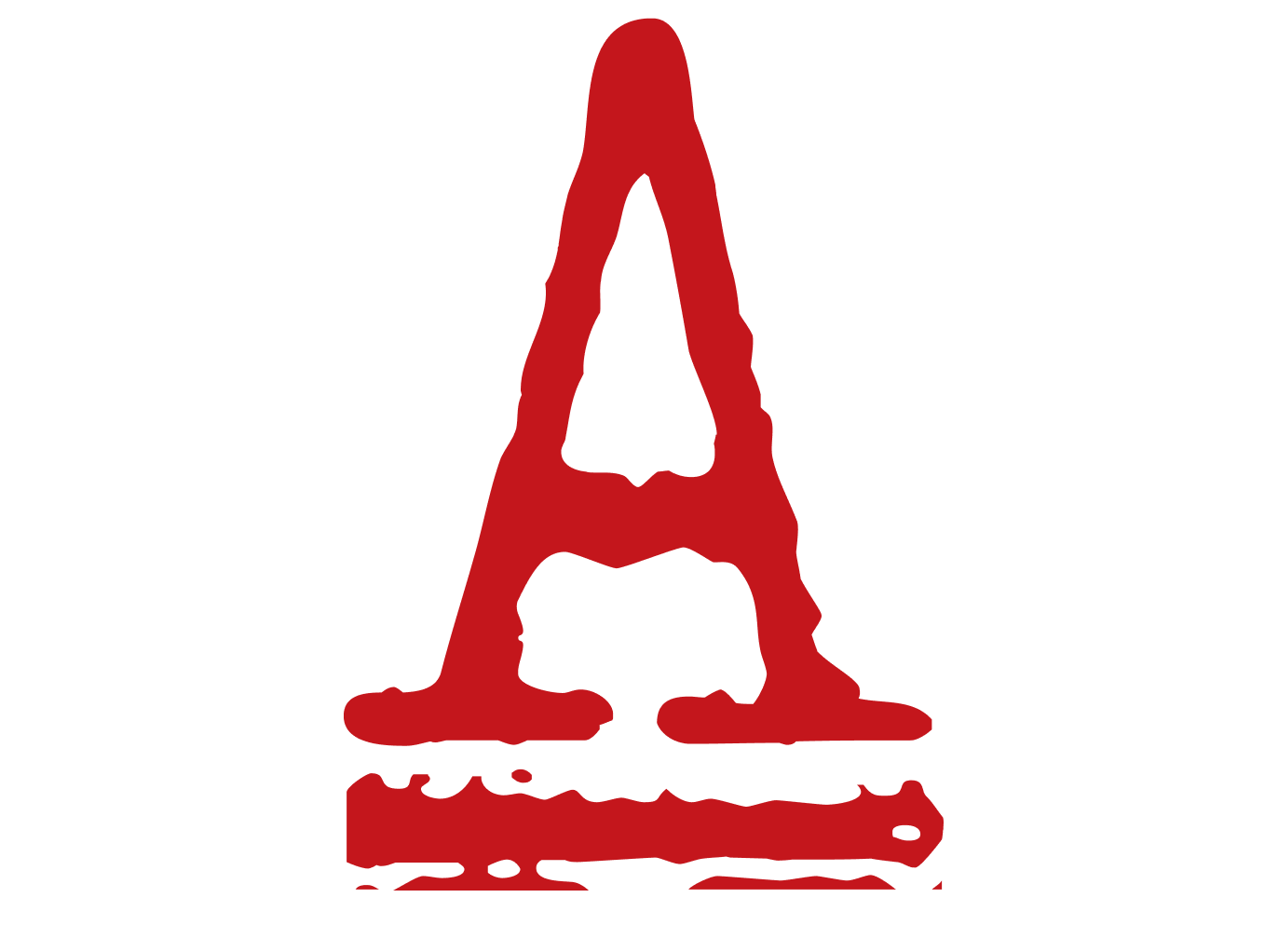Ariel Aberg-Riger, December 22, 2020
Tens of thousands of mutual aid networks and projects emerged around the world in 2020. They have long been a tool for marginalized groups.
2020 was a year of crisis. A year of isolation. A year of protest. And, a year of mutual aid.
From meal deliveries to sewing squads, childcare collectives to legal aid, neighbors and strangers opened their wallets, offered their skills, volunteered their time and joined together in solidarity to support one another.
Tens of thousands of mutual aid networks and projects have emerged around the worldsince the Covid-19 pandemic began, according to Mariame Kaba, an educator, abolitionist and organizer. During the first week of the U.S.lockdown in March 2020, Kaba joined with Congresswoman Alexandria Ocasio-Cortez to create Mutual Aid 101, an online toolkit that educates and empowers people to build their own mutual aid networks throughout their buildings, blocks, neighborhoods and cities. Emphasizing a focus on “solidarity, not charity,” mutual aid is all about cooperation because, as the toolkit puts it, “we recognize that our well-being, health and dignity are all bound up in each other.”
“Mutual aid projects are a form of political participation in which people take responsibility for caring for one another and changing political conditions,” says Dean Spade, a trans activist, writer, and speaker. “Not through symbolic acts or putting pressure on representatives, but by actually building new social relations that are more survivable.”
While many are engaging with mutual aid for the first time this year, there is a rich history and legacy of communities — especially those failed by our systems of power — coming together to help each other survive, and thrive. Here are nine examples from history.


